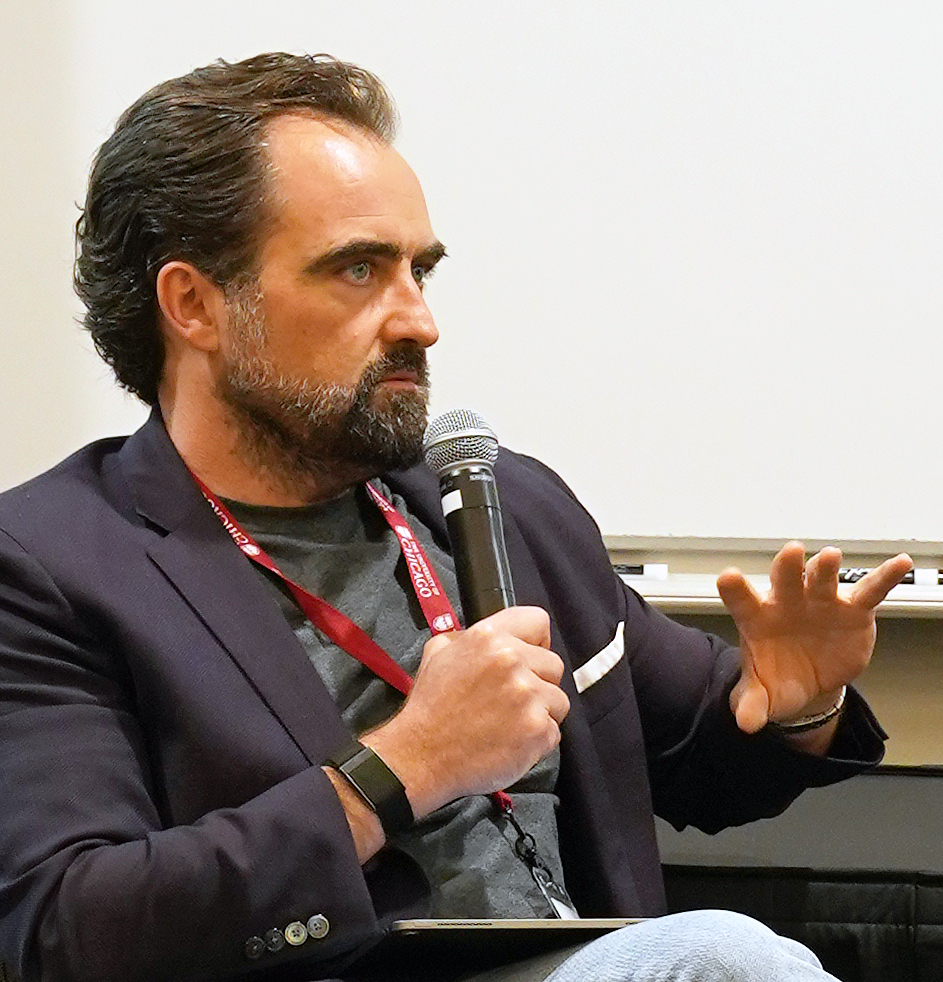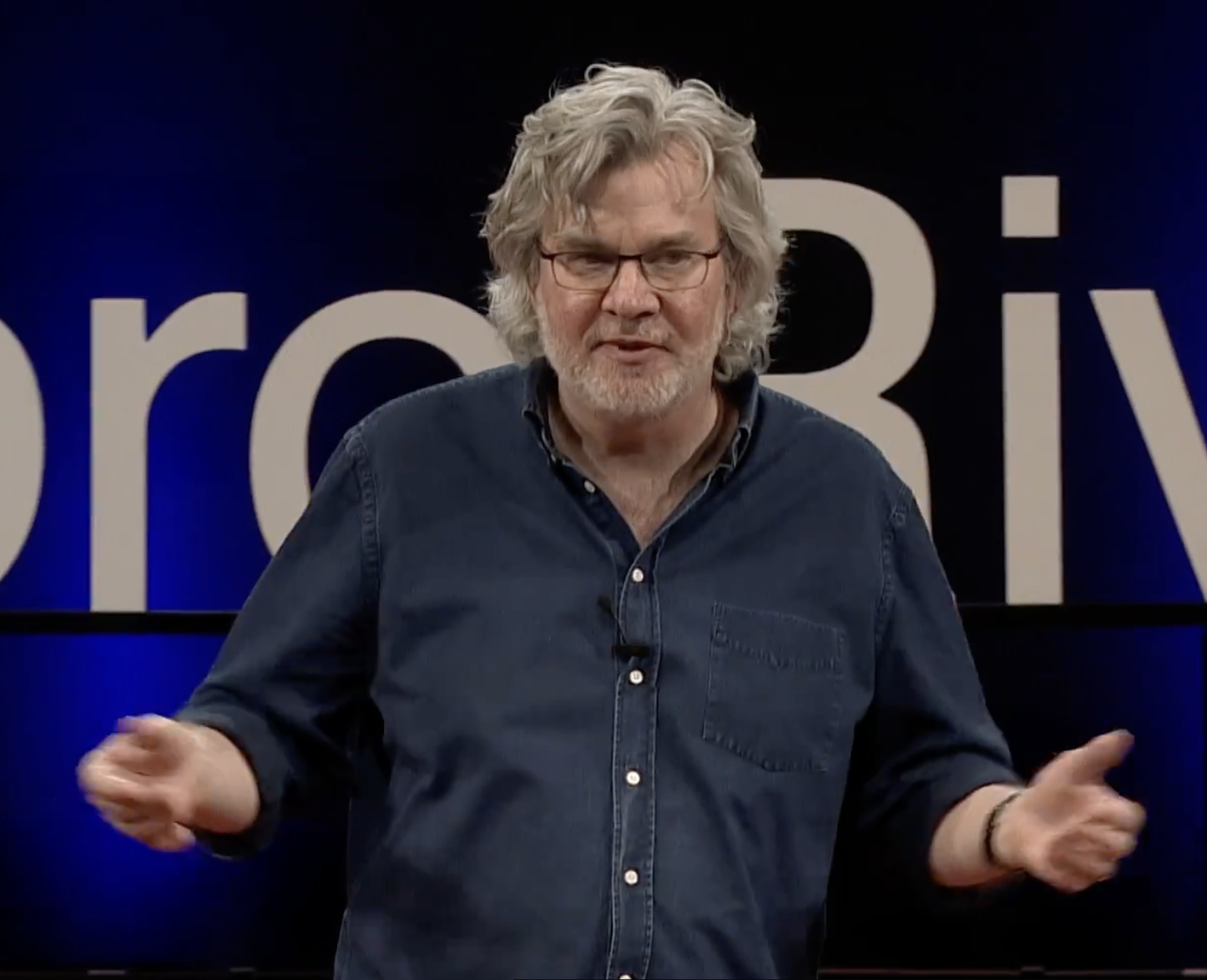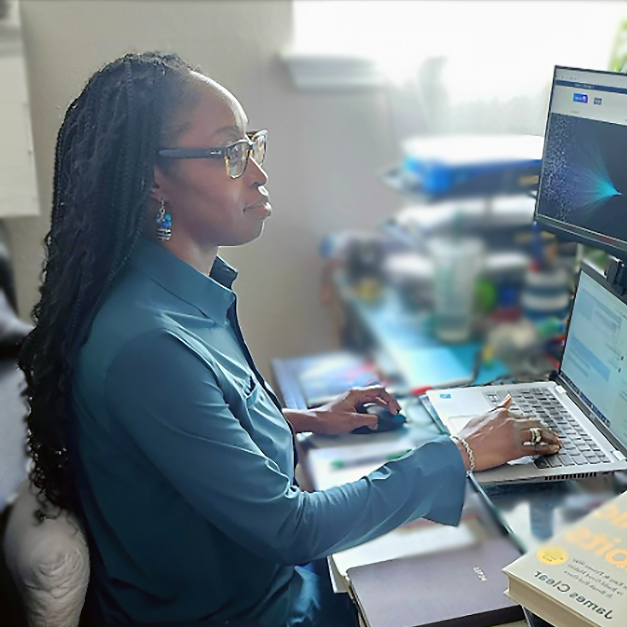From product safety to public health, a career shaped by regulatory writing shows how clarity can be a form of advocacy.
Twenty years ago, Leah Carter, JD, MS, stood before a room of nervous manufacturers going through the new federal safety requirements for children’s products. As president of their trade association, she watched as colleagues who wanted to comply with the Consumer Product Safety Act struggled with dense regulatory language that almost seemed designed to confuse rather than clarify.
“I was struck by the fact that people wanted to learn more, wanted to do the right thing, but weren’t always sure of what to do,” Carter recalls. “When things are written in very legal compliance phrasing, people get nervous.” That realization—seeing the disconnect between regulatory intention and public understanding—would reorient the trajectory of her career.
What started as crisis management for fellow manufacturers led Carter to an interest in regulatory systems and turning these intimidating legal frameworks into useful guidance. Even better, she found the work unexpectedly rewarding. “I love explaining the compliance and regulatory implications and helping translate them into ways that really make sense,” she says.
Carter went on to earn a master’s degree in regulatory affairs with a biopharmaceutical focus and moved from Georgia to Chicago to take a position at the University of Chicago, where she worked in graduate medical education accreditation. The role highlights a key aspect of regulatory writing that’s often misunderstood: its scope extends far beyond FDA submissions and purely technical dossiers.
“There’s continuing medical education, insurance compliance, regulatory review—they all have accrediting bodies which are regulatory in nature,” Carter explains. “It’s the same type of approach: understanding what’s being asked, how you’re complying with those expectations, and how you show that you’re meeting those requirements.” In her view, anyone articulating how an organization meets external standards is already engaged in regulatory work.
It’s this breadth of perspective that now shapes Carter’s approach as an instructor for the University of Chicago’s Regulatory Writing certificate. She designed the curriculum with flexibility in mind so that students can explore areas aligned with their own interests—whether related to medical devices, cosmetics, animal health, or public nutrition. “The assignments aren’t just exercises,” she says. “They’re structured for thinking critically about how regulations work in practice—how they evolve, how they’re communicated, and how they can be challenged or clarified.”
That practical lens runs throughout the certificate. Students identify a proposed regulatory change—often using the Regulations.gov site, which Carter teaches them to navigate—and draft a mock response to a call for public comment. That same regulation is then carried through multiple assignments to simulate how practicing professionals track changes and build well-reasoned responses over time. Carter is also introducing AI tools into the coursework, to handle everything from evaluating the readability of consent forms to flagging audit risks and reformatting unwieldy submissions.
The Regulatory Writing program draws students from a wide range of backgrounds—physicians, pharmaceutical executives, attorneys, and recent graduates. What brings them together is the need to make sense of regulatory environments that are becoming increasingly technical and nuanced. Many go on to roles at pharmaceutical firms, CROs, academic institutions, and centralized IRBs, where their ability to interpret and communicate regulatory standards informs everything from clinical trials to safety monitoring and marketing compliance.
In fact, it was her concern that regulatory complexity could obscure fair decision-making that led Carter to earn her law degree. While working on a paper about improving access to hepatitis C treatment, she was startled by how insurance companies were using preauthorization requirements to block access to a proven cure for patients. “People were dying when there’s a cure they could get,” she says. When legal action eventually forced Illinois insurers to cover the treatment, Carter clearly understood: “Sometimes it really does come down to a legal fight.”
Today, she serves as a prosecutor at the Cook County State’s Attorney’s Office while continuing to teach courses at UChicago, including a standalone editing course, Editing for Legal Professionals. For Carter, her role as attorney and regulation decoder are more connected than they might first seem. “I’m really interested in how our criminal justice system interacts with our access to healthcare,” she says. “Both are highly regulated environments.” Her legal work adds depth to important lessons in the Regulatory Writing certificate by bringing home how regulatory interpretation is rarely black and white. “There’s room for discussion,” she emphasizes. “If you can explain how you understand something, and back it up with evidence, that can make all the difference.”
Even as regulatory environments shift—driven by political change, technological disruption, or public pressure—Carter sees no decline in the need to decode and respond to them. “Even if regulation is being rolled back, it’s still there. And companies still need people who know how to track what’s changing and understand what it means. They’re looking for regulatory professionals who can jump in and say, ‘Here’s what’s happening, here’s what it means for your product.’”
That capacity for tracking complexity and making it intelligible has defined her career. From accreditation reviews to legal briefs to classroom instruction, Carter believes she will continue returning to the core premise that regulation only works when people can understand it. “These skills—analytic, critical thinking, communication—they stay with you no matter what you do.”

Make Complex Information Accessible and Understandable
Focus your skills in a rewarding field with many options.
Learn more about Regulatory Writing





